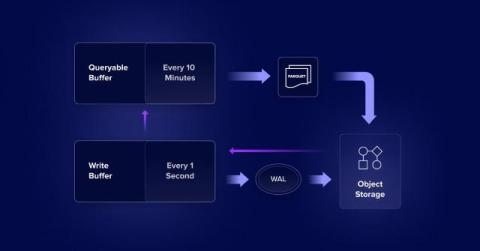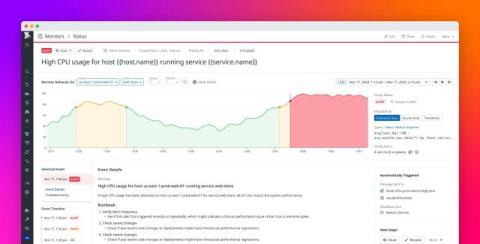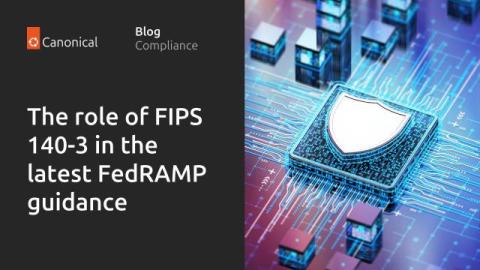How to Overcome Alert Fatigue in Your Alerting System | Introduction to SLOs | Grafana Labs
Cut Through Alert Noise with SLOs! Tired of endless alerts that don’t reflect real issues? SLOs (Service Level Objectives) help reduce noise by focusing on what truly impacts users. Instead of reacting to every minor spike, set SLOs to trigger alerts only when reliability is at risk.











